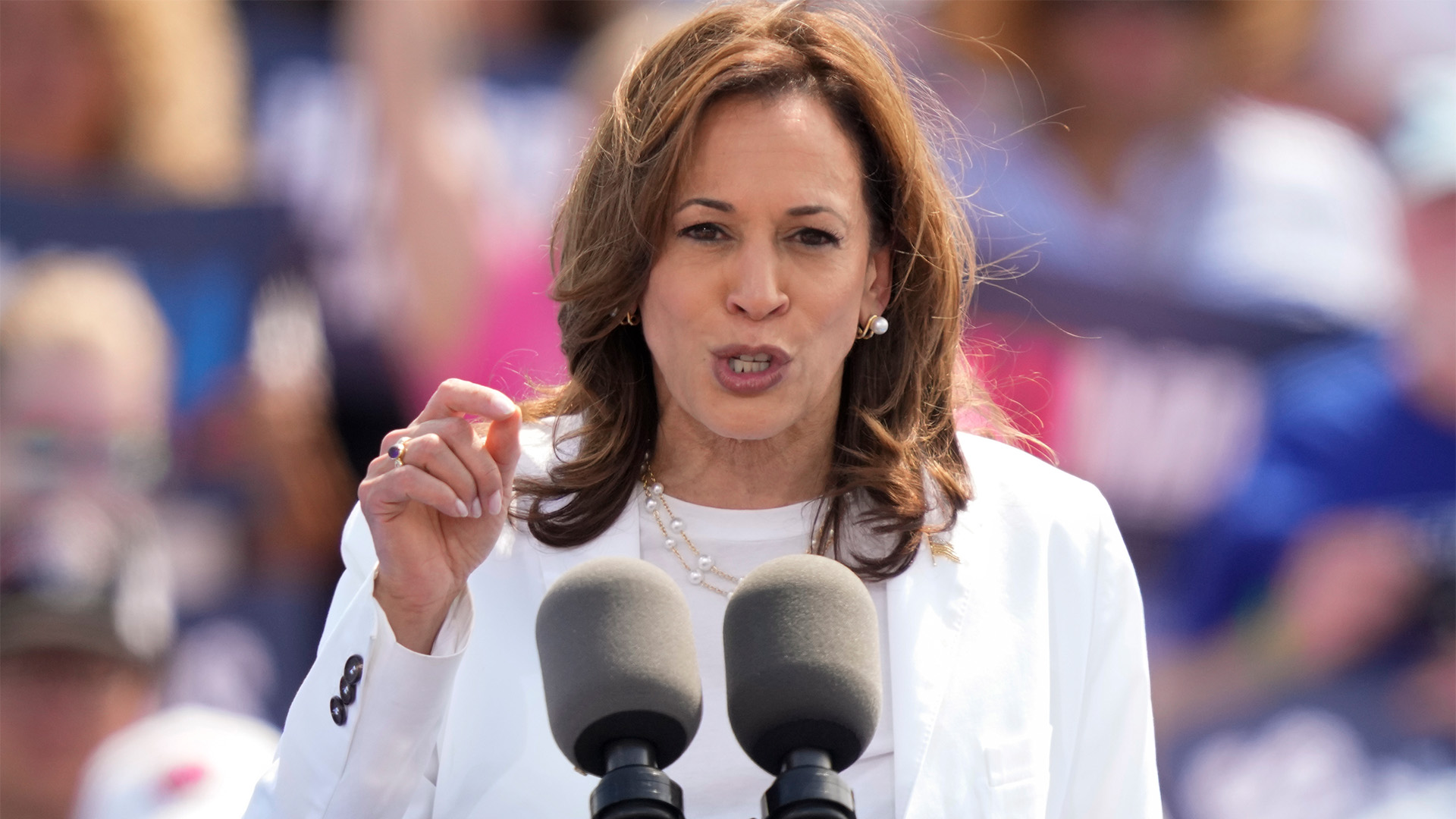House Democrats seek to use spending bill to remove Confederate statues from Capitol
A new spending bill for legislative branch operations unveiled by House Democrats on Monday would order the removal of statues that depict people who served in the Confederacy or otherwise worked to uphold slavery from the Capitol.
The legislation marks the latest effort by House Democrats to remove the statues that have drawn renewed scrutiny since George Floyd’s death in police custody sparked nationwide protests against racial injustice.
The House Appropriations Committee is expected to advance the bill Friday for a floor vote likely later this month.
The bill is one of several attempts by Democrats to remove Confederate symbols from the Capitol and other government property.
They were already planning to vote on legislation later this month that orders the replacement of a bust displayed on the Senate side of the Capitol of Roger Taney, the former Supreme Court chief justice who authored the 1857 Dred Scott decision stating Black people weren’t considered citizens. They will also vote on an annual defense policy bill that this year includes a provision to require renaming military bases named after Confederate generals.
In addition, Pelosi last month ordered the removal of four portraits depicting former Speakers who served the Confederacy that had been on display near the House chamber.
The bill released Monday would order the Architect of the Capitol to remove all statues of people who served in the Confederate states’ government or in its armed forces during the Civil War and place them into storage. It also specifically orders the removal of the Taney bust and the statues of Charles Aycock, who served as North Carolina governor in the early 20th century; John Calhoun, the former vice president and member of Congress who was a proponent of slavery; and James Paul Clarke, a former senator and governor of Arkansas who advocated for white supremacy.
It’s not yet clear if the House will vote on both the legislative branch spending bill and a separate measure authored by House Majority Leader Steny Hoyer (D-Md.) narrowly tailored to replace the Taney bust with one of Thurgood Marshall, the first African American Supreme Court justice, or only the spending legislation that also covers the other statues.
A spokesperson for Hoyer said Monday that the majority leader is “committed to moving legislation on this issue this month.”
Most of the statues targeted by the legislation are displayed throughout the Capitol complex as part of the National Statuary Hall collection, to which each of the 50 states contributes two statues. Under the current rules, statues in the collection can only be replaced if a state legislature and governor agree to it.
The Clarke statue is already in the process of being removed, but is still on display in the Capitol Visitor Center until its replacement statue arrives. Arkansas Gov. Asa Hutchinson (R) signed legislation into law last year to replace the state’s statues of Clarke and Uriah Milton Rose, an attorney who backed the Confederacy, with musician Johnny Cash and civil rights activist Daisy Gatson Bates.
Florida is also in the process of replacing its statue of Edmund Kirby Smith, a Confederate general displayed in the Capitol Visitor Center, with civil rights activist Mary McLeod Bethune.
While members of Congress currently cannot unilaterally remove the statues, they do have the ability to decide where the statues can be on public display. Speaker Nancy Pelosi (D-Calif.), for instance, moved a statue of Confederate army commander Robert E. Lee from a prominent place near the House chamber to a floor below in a room along the official tour route known as the Capitol Crypt.
GOP lawmakers, meanwhile, have maintained that states should keep the right to decide which statues they want to be displayed in the Capitol complex.
Most of the statues of Confederate figures have been on display since the Jim Crow era in the early 20th century and were contributed to the National Statuary Hall Collection by southern states.
The Taney bust encountered controversy from the time it was proposed in 1865 to be on display in the old Supreme Court chamber. Then-Sen. Charles Sumner (Mass.), a fervent abolitionist, said at the time that “the name of Taney is to be hooted down the page of history. Judgement is beginning now; and an emancipated country will fasten upon him the stigma which he deserves.”
Lawmakers have found bipartisan agreement, however, in ordering military bases honoring Confederate generals to be renamed, despite a veto threat from President Trump.
Trump has actively defended keeping Confederate monuments in place in recent weeks amid protesters’ efforts to topple some statues on display across the country and many cities’ decisions to remove such monuments.
During an Independence Day event on Friday at Mount Rushmore, Trump decried what he called a “merciless campaign” to remove the monuments.
“Our nation is witnessing a merciless campaign to wipe out our history, defame our heroes, erase our values and indoctrinate our children,” Trump said.
And on Monday, Trump went after NASCAR for its recent decision to ban the Confederate flag from its races and accused Bubba Wallace, a top racing driver who is African American, of promoting a “hoax” after a noose was found in his assigned garage stall.
An investigation concluded that the rope knotted as a noose had been hanging in the garage for months. NASCAR’s leadership released a photo of the noose and said “the noose was real, as was our concern for Bubba.”
“Has @BubbaWallace apologized to all of those great NASCAR drivers & officials who came to his aid, stood by his side, & were willing to sacrifice everything for him, only to find out that the whole thing was just another HOAX?” Trump tweeted. “That & Flag decision has caused lowest ratings EVER!”
Another provision in House Democrats’ legislative branch spending bill would maintain the lawmaker pay freeze that has been in place since 2009. House Democrats had at one point last summer considered giving lawmakers a cost-of-living adjustment for the first time in a decade, but ultimately scrapped the plan following pushback from vulnerable members in swing districts worried about the optics of voting to give themselves a raise.
Copyright 2024 Nexstar Media Inc. All rights reserved. This material may not be published, broadcast, rewritten, or redistributed..













